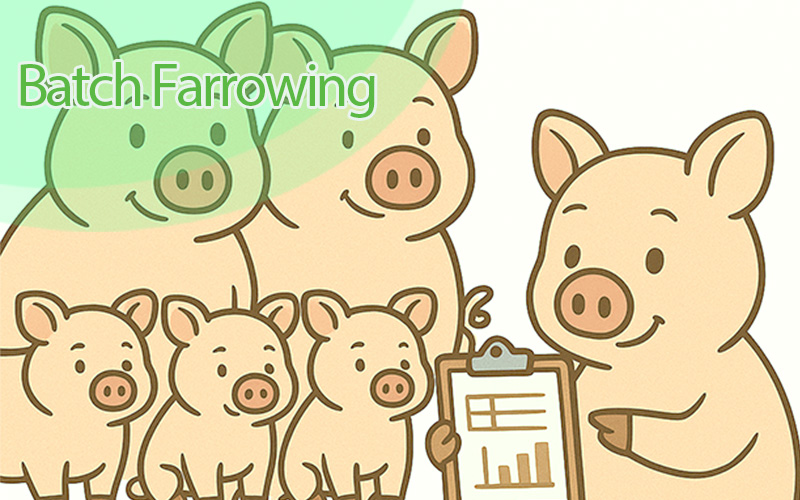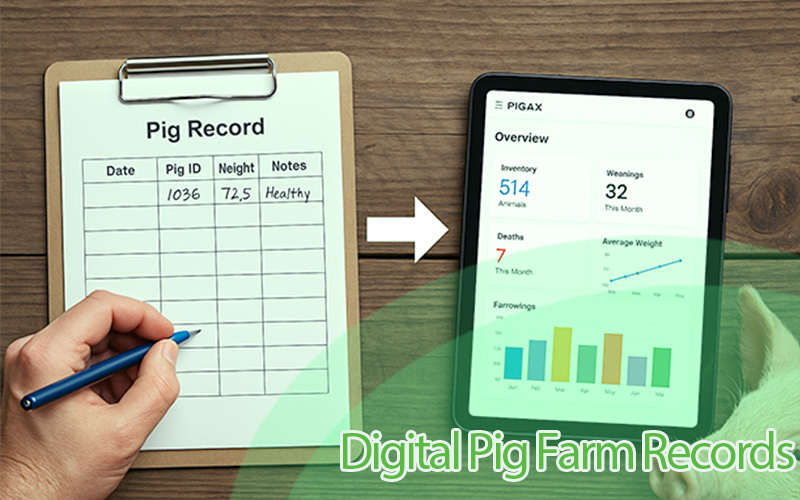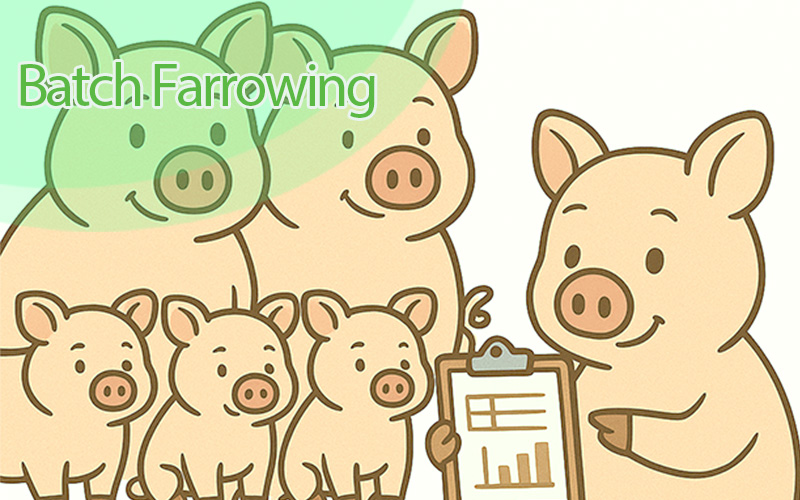Modernizing Pig Farm Records from Paper to Digital Tools
For many pig farmers, record-keeping has always been done with pen, paper, and perhaps a few dusty notebooks tucked away in the office. It’s familiar, it works—at least most of the time—but as farms grow and regulations tighten, the old ways often can’t keep up. Pages get lost, handwriting becomes unreadable, and retrieving information quickly turns into a time-consuming chore.
Modern farming demands better, faster, and more reliable systems. Moving your records from paper to digital tools isn’t just about following a trend—it’s about running a more efficient, profitable, and stress-free operation.
Why It’s Time to Modernize Your Records
Paper records have their limits. They are vulnerable to being damaged by water, fire, or pests, and they can only be in one place at a time. In contrast, digital tools allow you to store all your farm data securely in the cloud, meaning you can access it anytime, from the piggery office, your home, or even the barnyard.
With the right pig farm management software, you get more than just storage. You get powerful features that help you analyze data, track pig health and growth, forecast production, and keep costs under control. Imagine being able to instantly check the feed history of a sow or compare weight gains over the last three months—without flipping through a pile of logbooks.
The Struggles of Sticking with Paper
Farmers who rely only on manual record-keeping often face the same problems: missing data, duplicated entries, or forgotten updates. It’s easy for details like farrowing dates or feed adjustments to slip through the cracks. And when you need to prepare a business forecast or budget, gathering the data can feel like a nightmare.
This is where digital systems shine—they bring everything together in one organized place. And when you pair this with effective planning, tools like digital budgeting and forecasting, it can make financial decisions far easier.This will help you see your farm’s future more clearly.
Benefits of Going Digital in Pig Farming
Switching to digital record-keeping transforms how you run your farm. You get real-time updates on breeding cycles, vaccination schedules, feed consumption, and pig weights. The data is accurate, accessible, and easy to share with veterinarians, regulators, or potential buyers.
Digital tools also help you create richer and more complete pig profiles—covering everything from birth to sale. This not only improves farm management but also makes compliance with livestock regulations much easier. For tips on setting up quality records, read our blog on creating and maintaining the best pig profile for your piggery business.
Steps to Move from Paper to Digital Records
The transition from paper to digital can feel intimidating, but it doesn’t have to be. Here’s a simple approach:
1. Review Your Current Records
List out everything you track—breeding dates, piglet counts, feed costs, medication, weights, and sales. This will help you understand what data needs to be moved.
2. Choose the Right Software
Not all farm management software is created equal. Look for a solution tailored for pig farming, with features that match your needs today and can grow with your business.
3. Prepare Your Data for Migration
Gather your existing records and start entering them into the system. This is a great opportunity to clean up any outdated or incomplete data.
4. Train Yourself and Your Staff
Even the best software is useless if no one knows how to use it. A smooth onboarding process ensures you and your team can hit the ground running. If you want to see what a truly farmer-friendly setup looks like, read the best onboarding experience for pig farm software users.
5. Test and Adjust
Use the system daily, and make small improvements to your workflow as you get comfortable.
Making the Most of Your Digital Records
Once you’ve gone digital, you’ll quickly see opportunities to optimize your data use. For example, tracking pig weight regularly can give you early warnings about health or feeding issues, and help you meet market weight targets. Our post on the best approach to maintaining pig weight records explains how to do this effectively.
Another valuable habit is keeping accurate cost-per-pig data. Knowing exactly how much it costs to raise each pig—down to the feed, labor, and medicine—helps you make better business decisions. You can learn more in our guide on how to maintain a cost per pig record.
Common Mistakes to Avoid When Going Digital
One of the biggest mistakes farmers make is choosing overly complex software that doesn’t match their real needs. Another is skipping training, assuming they’ll “figure it out later.” Both can lead to frustration and underuse of the system.
Also, make sure to set clear standards for data entry. If one person logs “Jan 1” and another writes “01/01/2025,” your records can quickly become inconsistent and harder to work with.
Final Thoughts
Modernizing your pig farm records isn’t just about adopting new technology—it’s about improving the way you run your business. Digital tools save time, reduce errors, and give you powerful insights into every part of your operation.
Start small if you need to, but start now. The longer you rely solely on paper, the more opportunities you miss. And when you do make the switch, a smooth onboarding process will make the journey easier and more rewarding.




